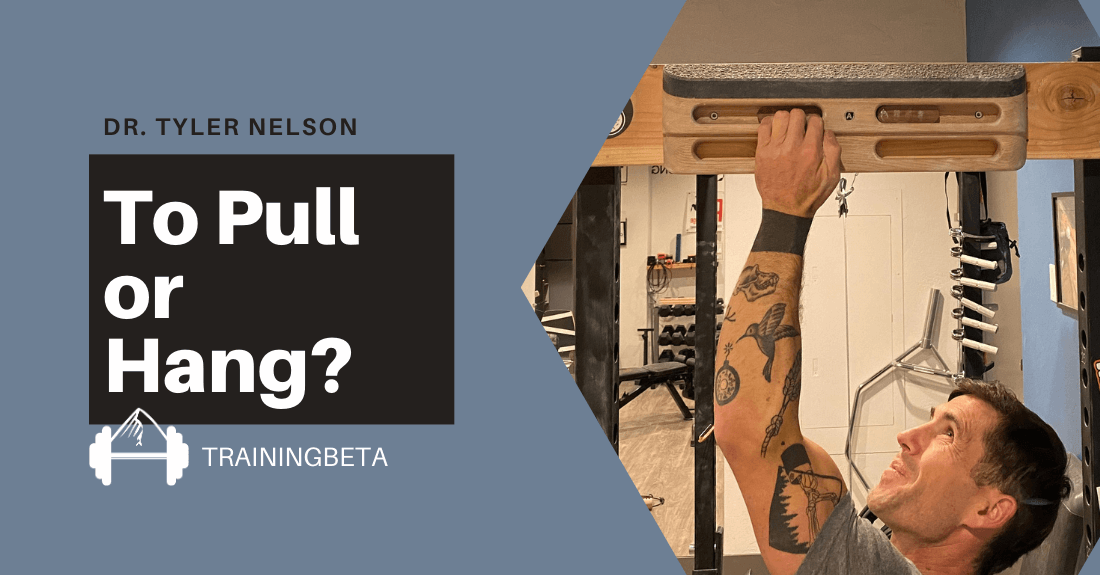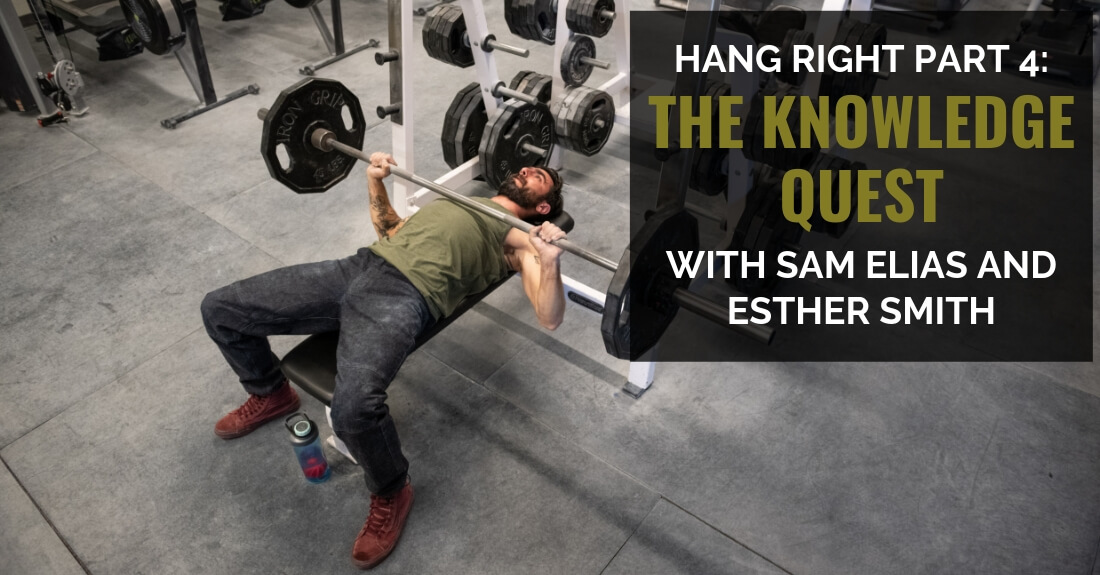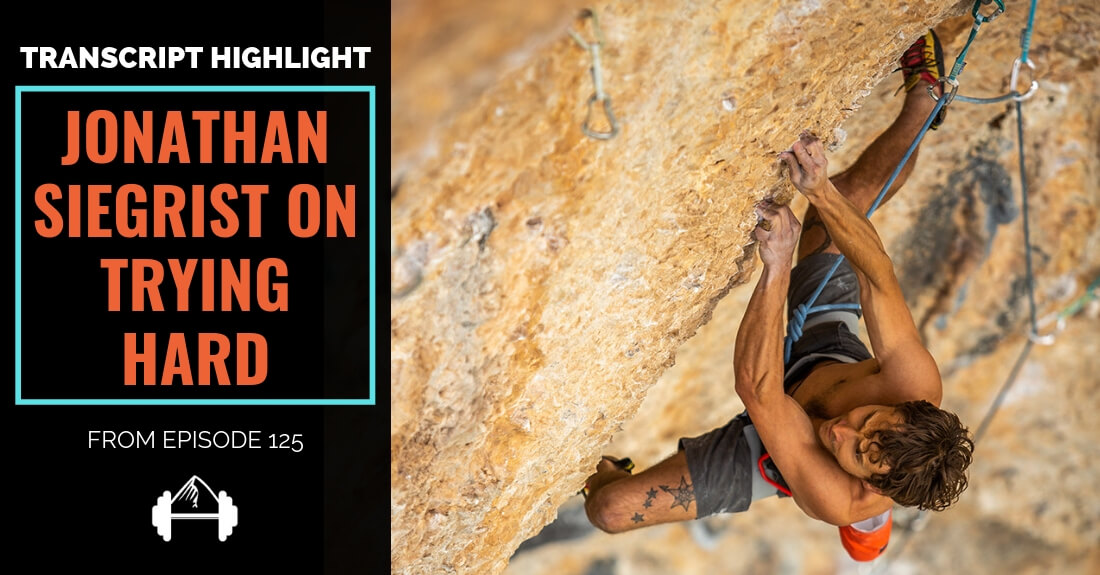Ben Spannuth, super strong climber and good friend, had an idea for a wooden hang board that you can customize based on ability. With the help of a few friends, he made this idea a reality!
The brainchild of Ben, the bäm! board hangboard features adjustable depth and pitch, giving you the most flexibility out of any hangboard there is on the market to date.
Here, we asked Ben to write a little bit about the board to pass on the information to you guys. Next week, we should be able to test it out and will write a review to follow. This board looks sweet, check it out!
Thanks Ben!
Enter Ben Spannuth….
bäm is the German word for encouragement like come on, venga, or allez but has more of a power connotation; think of Jan Hojer yelling at you in German while you’re at your crux.
It’s when you’ve rehearsed a crux countless times and just need that extra punch, pounce, snatch, little energy, whatever you want to call it (bäm!) that gets you through that hard section and cruising toward the top.
We wanted to be able to customize the depth and angle of the holds within a range of difficulty that would allow a first time hang boarder or finger strength expert to create a challenging hold they can barely hang, but then progress from without a huge jump in difficulty.
“I think the best part about this board is how minute the adjustments can be. This enhances the quality of each session by a very small amount, but over time, that added efficiency adds up.” -Will Anglin
Once you’ve found what’s at your limit you need to be able to progressively make the exercises more difficult in small increments if you want to keep seeing improvement.
Most commonly, people hang on longer but rarely do you hold a hold more than 15 seconds max. I think hanging on for longer than that is a waste of time even for endurance since you should be doing intermittent small rests, like climbing. Usually people do ~7 sec or a range of 5 – 10 sec when hang boarding.
To keep the effort level up but the time down, if finger strength is the goal, you can also add weight. This has become really popular and definitely works but there’s some evidence you should decrease the edge depth, that’s one of the two most specific goals after all, after these max weight hangs to maximize finger strength gains.
From there it’s important to realize edges and slopers are completely different. My buddy Will Anglin always says there are more than open, half and closed crimp but I’ll let him take that tangent another time.
Open handed holds get more and more challenging as they get slopier so we also wanted a way to progressively increase the hold difficulty in that manner.
We came up with a system that allows you to increase sloper angle in 5 deg increments so you can progress through them.
This way you can train in a similar manner to that above by increasing weight on moderate sloper angle then losing the weight and progressively increasing the angle, the second most specific goal linking finger strength training to actual climbing.
On top of that you can also change the angle and depth concurrently. Think slopey crimps that you can make slopier and crimpier. Will Anglin:
“It is a whole new dimension for hang board training which is pretty cool.”
The specific ranges are 3.5 to 0.5 cm edges/ pockets of continuous depth change and 15 – 50 deg slopers, in 5 deg increments, of angle change.
Will Anglin:
“I also like that the hardest end of the spectrum for all the holds is essentially impossible. Allowing you to not just train your limits, but human limits. Pretty cool.”
For more general info check out: bäm! Climbing.
You can see the range of depth and angle change, plus photos demonstrating adjustment, and purchase a bäm! board ($149.99) at: bäm! Board.
Video from LT11 coming soon.
Further review coming soon.









Love the idea however it effectively seems unavailable, I have a girl friend who’s been waiting months and they keep promising to ship but never do 🙁
Hope they get it the ball rolling, I want one.
the price seems fair to me. It’s a quality piece of wood work and it’s nice looking. The adjustability and the fact that it comes with a backer board to save me work makes it worth the money. I plan to purchase one soon.
Hey Mike,
The reason the bam board costs more than the other hangboards you listed is mostly due to additional material, manufacturing, and labor costs required to create adjustable depth and angle. Material wise, the bam board is not just a piece of wood but a main board, two wood inserts, four 3/16″ metal plates, and the hardware to make it adjustable and still stable. You’re also getting a backer board and fingerstop for the slopers but that material only costs ~$1.
The main board must be CNCed on multiple sides to create adjustable depth and angle unlike other wood hangboards that are only cut on one side. This means the board must be rotated and cut again adding to the manufacturing cost.
The two wood inserts are necessary material to create the adjustable depth system and must be CNCed to fit and slide inside the main board smoothly.
The four metal plates significantly add to the boards price over just a piece of wood hangboards. We need to bend two of the plates 90 deg and drill accurate holes corresponding to 0, 10, 20, and 30 deg of rotation. Additionally, we need two plates that rotate with the main board otherwise the wood in the main board would break since the entire board isn’t screwed into the back wall but rather the board is supported on the sides.
Hardware wise, you need much more than regular deck screws to mount the bam board and hold it together. The main weight bearing hardware is 1/4″ lag bolts or rods. For the adjustable depth threaded rod and knobs are required to lock the slidable insert in the desired position. Additional hardware can be seen on our website.
Finally the labor costs for this board are greater than other boards since we need to assemble and do more work than just finishing sanding. The finger backstop must be attached, the depth changing system must be put together, and we like attaching the metal plates to the backer since the distance between the metal is vital for the angle changing system to work properly.
We appreciate your statement of paying for research and development since the version of the board you’re seeing has certainly gone through a few iterations. If you’re interested in a bam board at a discounted price where we do not assemble the board and you do it on your own to save labor costs please email ben@bamclimbing.com.
Thanks!
Ben
Is it just me…or am I just a pessimist…but I can not justify the $149 for a piece wood. Hell even the Rock Prodigy is a $120 plastic training system that if I want to get creative I can do this 5deg increments on this. Metolius’ woody board is only $80. I was excited to see this on trainingbeta homepage, but seeing the price, nah ill pass. I mean cmon, I would def pay $75 for the R&D and manufacture, I am sure they would still profit, and get more people to buy.